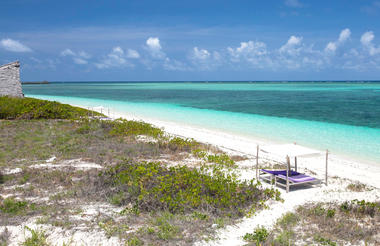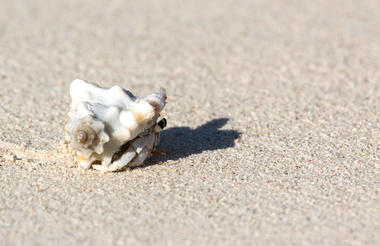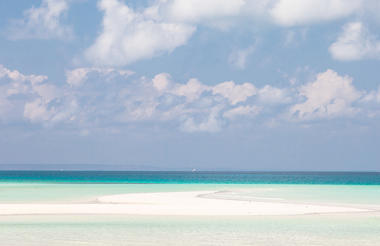Tanzania is a country full of diversity in landscape, culture, nature and its people. With 38% of its territory protected as conservation areas, it consequently shows the aim of the government to prevail the country in its incredible beauty. Tanzania has 16 national parks and a vast amount of game reserves. Neighboring countries are Uganda, Rwanda, Burundi, Kenya, Malawi, Mozambique, Democratic Republic of Congo and Zambia. One of the famous landscape icon is surely Mount Kilimanjaro, the highest summit of Africa. The territory of Tanzania with a coastline of around 800 km in the Indian Ocean includes also some islands.
Dar es Salaam is Tanzania’s former capital, her largest city and main port. The distinctly African, colourful markets are well worth a visit and both German and British influences can still be seen in the architecture around the city. Conveniently positioned amidst some of the most important sea routes in the world, the city is the transport and economic hub of the country as well as a centre for arts and culture. It serves as an excellent jumping-off point to explore the surrounding area including Pemba, Mbudya, Unguja islands, a variety of national parks and countless pristine beaches. Visitors can look forward to a number of other activities including: learning about Tanzanian culture at the National Museum and House of Culture, visiting the eclectic Oyster Bay, and taking a stroll through the city's lush Botanical Gardens.
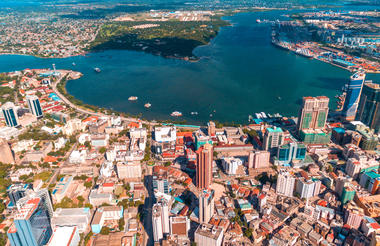
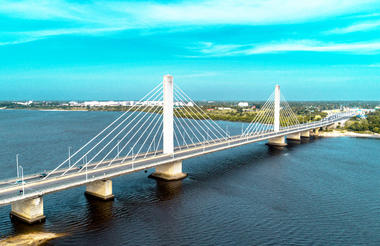
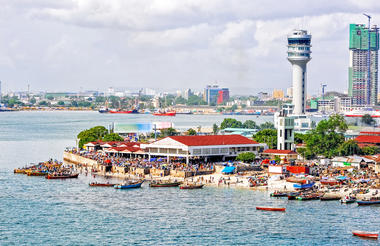
Formerly the northern part of Selous Game Reserve, Nyerere National Park is Tanzania's largest National Park. Stretching over an impressive 30,893 square kilometres, the park is home to some of the world’s largest concentrations of wildlife, and the incredible diversity and sheer volume of animals draw visitors from around the globe. Travellers can look forward to spotting a wide collection of common and rare species including the famous Big Five, some rare species of antelopes like Roan Antelope, and large concentrations of elephant and hippos. Don’t miss the opportunity to take a boating safari on the exquisite Rufiji River, spot the endangered African wild dog, and enjoy a guided walking safari with a highly knowledgeable guide.
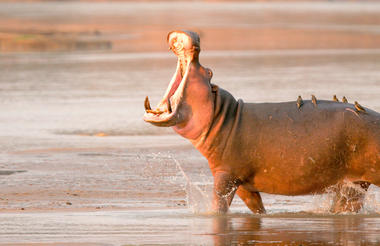
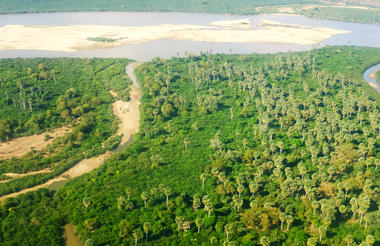
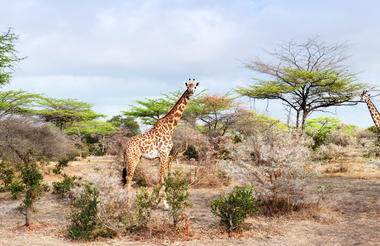
Following its 2008 merger with Usangu Game Reserve and other notable wetlands, Ruaha is counted among Tanzania's biggest national parks, spanning more than 20,000km². It is also a sizeable elephant haven and home to buffalo, huge populations of lion, leopard, and a profusion of bird species, including kingfishers, plovers, egrets, hornbills and sunbirds. Crocodiles and hippos thrive in the Great Ruaha River, which flows along the sanctuary’s eastern border and in the dry season between July and November, animals flock to the last remaining water sources, presenting an exceptional wildlife spectacle. There are a number of accommodation options available but some close for the wet season in March and April.



Set in the Songo Songo Archipelago, the pristine Fanjove Island is located off the Tanzanian coast in the Indian Ocean. An oasis of tranquillity, Fanjove Island boasts a Robinson-Crusoe-style lodge and palm-fringed, powder-white sands lapped by azure, shimmering waters. Visitors can look forward to a luxury stay at the private island lodge in the oceanfront eco Bandas, explore the gorgeous 11 kilometres of stunning preserved coral reef, and spot an array of wildlife. This desert island adventure also offers the opportunity to snorkel through the underwater wonderland to spot green turtles and spinner dolphins, sample the delicious freshly made curries and daily caught seafood and explore this natural wild paradise. Don’t miss a visit to the 19th-century lighthouse and the architectural remnants of a former fishing village settlement.
